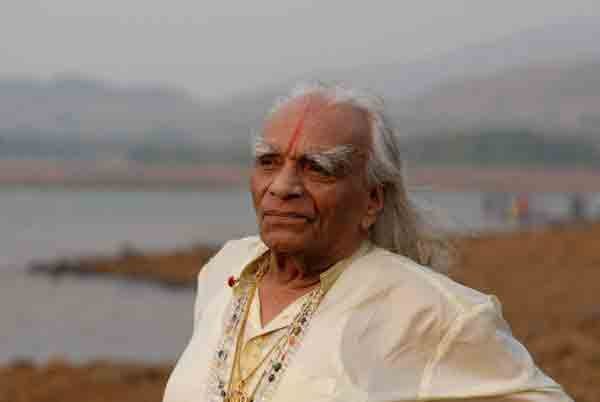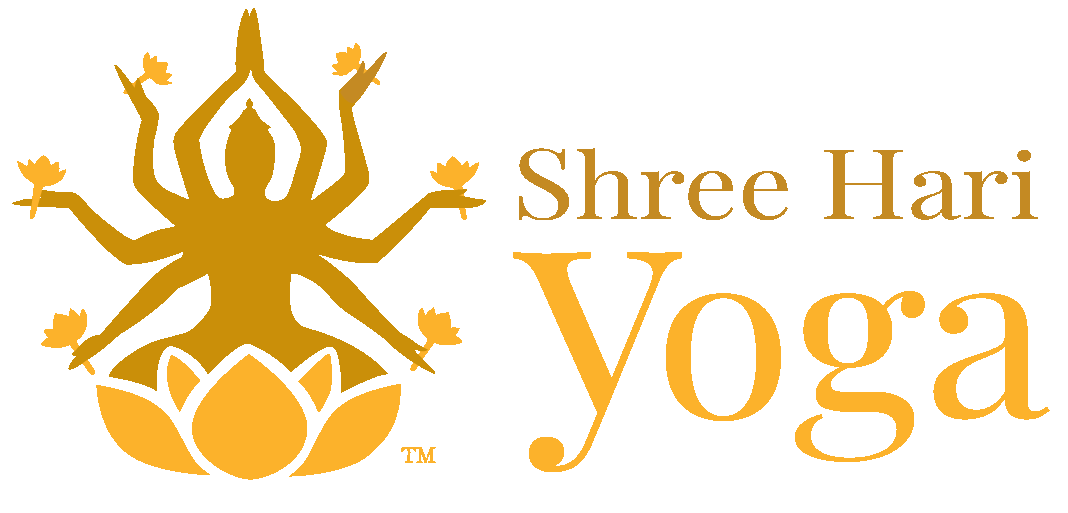
It has been known for thousands of years that the ancient practice of yoga may heal people, and Lord Adiyogi Shiva founded this ancient discipline in India more than 5,000 years ago. Subsequently, our great Indian masters preserved the traditions of traditional yoga and passed them on to their pupils and the rest of the globe.
These were the yoga instructors who have preserved the tradition, shed light on this age-old practice, and changed how yoga teacher training programs are taught in India. All of these yoga masters have traveled the same journey, but they all have the same end in mind: to spread the word about traditional yoga and help others connect with their inner selves through yoga.

B.K.S. Iyengar: Known Mostly For “Iyengar Yoga”
Iyengar captivated his students by giving them the physical stamina and flexibility they craved. He started experimenting with supports to help disabled people practice yoga after a scooter accident misaligned his spine. It became known as “Iyengar Yoga” to practice using props like chairs, bolsters, blocks, etc., to achieve alignment and flexibility.
He was affectionately referred to as “Guru Ji” by Iyengar students.
In addition to his contributions to the field of yoga, BKS Iyengar was well-known for his many charitable endeavors.
Iyengar prioritizes protecting nature and thinks all animals and birds should be protected. Iyengar collaborated with the Pune chapter of the Multiple Sclerosis Society of India to spread knowledge about the condition. His most significant charitable contributions were made to Bellur, where Iyengar hails from. Using the Bellur Trust Fund, he changed the town. He built a hospital, the country’s first Patanjali temple, a free school, a secondary school, and a college for Bellur and the nearby villages’ children.
In addition, Iyengar is the author of the well-known and widely acclaimed book “Light on Yoga,” which was published in 17 different languages. He has written 13 further volumes on the concept of yoga and pranayama.
Organization Established
In 1975, Iyengar founded the Ramamani Iyengar Memorial Yoga Institute in Pune as a tribute to his late wife, Ramamani. His son Prashant, who currently holds the director position, oversees its operations.

Sri Tirumalai Krishnamacharya, known as “Father of Modern Yoga”
Often referred to as “father of modern yoga,” Krishnamacharya was a pioneering yoga master who developed the Ashtanga Vinyasa Yoga method. The Vinyasa form of yoga sometimes referred to as Vinyasa Krama Yoga, where you mix breath with movement, is widely credited to Krishnamacharya. His son, T. K. V. Desikachar, eventually gave it the name Viniyoga after he modified the method to fit the demands of the students.
While Krishnamacharya is well known as a yogi in other parts of the world, he is best known as a healer who employed both yogic and ayurvedic practices to help his patients regain their health and well-being.
His four yoga books include Yoga Makaranda (1934), Yogasanagalu (about 1941), Yoga Rahasya, and Yogavalli (Chapter 1 – 1988), in addition to other essays and literary works.

Sri K. Pattabhi Jois: Known Mostly For “Ashtanga Vinyasa Yoga”
A student of Krishnamacharya, Jois is the founder of the Ashtanga Yoga method, which emphasizes a series of flowing, physical poses linked with the breath. The dynamic Ashtanga Vinyasa Yoga technique, which emphasizes coordinating breath with movement, is credited to K. Pattabhi Jois as its creator. This form of yoga is based on the knowledge of the historical book “Yoga Korunta,” which he learned in the Himalayas from Rama Mohan Brahmachari. The name “Mysore Style” refers to the place where this method of instruction first appeared.
In 1958, he also released the Kannada-language book Yoga Mala, which was eventually translated into English in 1999.
One of the select few T. Krishnamacharya students, K. Pattabhi Jois, is credited with creating a new yoga style and promoting contemporary yoga throughout India and the world.
Organization Established
After founding the Ashtanga Yoga Research Institute in 1948 behind his Lakshmipuram home, Jois constructed a second school in Gokulam in 2002 as the number of pupils sharply rose. He spent the rest of the life teaching in this institute alongside his grandson R. Sharath Jois and daughter. K. Pattabhi Jois Ashtanga Yoga Institute (KPJAYI) in Mysore is currently run by Jois’s grandson, R. Sharath Jois (https://kpjayshala.com/).

Swami Sivananda
Founder of the Divine Life Society, Sivananda was a yoga master and spiritual leader who emphasized the importance of the yoga lifestyle and taught a traditional form of yoga known as Sivananda Yoga. The spiritual yoga practice known as “Sivananda Yoga” was created by Swami Sivananda’s disciple Vishnudevananda Saraswati and is well known today.
The Sivananda Yoga Vedanta Center’s yoga system, Sivananda Yoga, is based on Vishnudevananda’s five points of yoga and Sivananda’s teachings to synthesize the ideas of the four paths of yoga (Yoga of Synthesis).
- Suitable Exercise (asana)
- Breathing correctly (pranayama)
- Proper Relaxation (savasana)
- A healthy diet and optimistic thinking (Vedanta)
- Meditation (dhyana)
Twelve fundamental asanas are practiced in Sivananda Yoga in an organized, balanced way to promote the smoother flow of prana, or life force energy. Sivananda Yoga is a Hatha-based form of yoga. A typical session starts with savasana, continues with kapalabhati and anulom-vilom, then includes 6–8 rounds of Surya namaskar and the 12 fundamental poses.
In addition, Swami Sivananda wrote 296 books during his lifetime on various subjects, including yoga, metaphysics, religion, and western philosophy, as well as works on education, health, stories, plays, messages, lectures, and anthologies. His writings were more concerned with applying yoga philosophy in daily life than with academic understanding.
Organization Established
On the banks of the Ganges River in Muni Ki Reti, Rishikesh, India, Sivananda founded the Divine Life Society (https://www.dlshq.org/) in 1936 to disseminate free spiritual literature. The Divine Life Society’s mission is to spread yoga and Vedanta’s teachings to revive spirituality throughout the world. In addition to producing books and magazines, it also plans conferences, training sessions, and educational events. Although its headquarters are in Rishikesh, it presently has branches all over the globe.

Swami Rama
Founder of the Himalayan Institute, Swami Rama was a yoga master and spiritual leader who emphasized the importance of combining physical practice with inner cultivation. The Himalayan Institute of Yoga Science is a well-known institution, and he became the first Indian yogi that a team of western scientists studied.
When Swami Rama’s yoga Nidra abilities were tested, it was discovered that he could produce specific brain waves on demand. In another experiment, he stopped his heart from pumping blood for 17 seconds. His following significantly rose after a New York Times journalist gave him a reputation for experiencing remarkable psychosomatic experiences.
On his path to becoming a yogi, Swami Rama wrote numerous books released in India and the US. He also discusses the principles, benefits, and practices of yoga and meditation.
His most well-known publication is Living With Himalayan Masters.
Organization Established
In 1966, he founded the first Himalayan Institute of Yoga Science and Philosophy in Kanpur, India. In 1971, he established a branch there, and it is now situated in Honesdale, Pennsylvania. The Himalayan Institute seeks to empower, motivate, and educate those who desire to realize their full potential. Swami Rama’s successor is Pandit Tigunait, the Himalayan Institute’s spiritual leader.

Swami Vivekananda
A key figure in introducing Hindu philosophies to the West, Vivekananda was a yoga master and spiritual leader who emphasized the importance of self-realization and the unity of all religions. “Transcendental Meditation (TM)”. In addition to being the founder and guru of a worldwide organization that has been referred to as both a “new religious movement” and a “non-religious organization,” Maharishi Mahesh Yogi is most well-known for creating and popularizing Transcendental Meditation (TM). In the late 1970s, he established the TM-Sidhi program to enhance practitioners’ mind-body connections through practices like Yogic flight. In the late 1960s and early 1970s, the Maharishi became well-known as the spiritual advisor to celebrities like the Beatles, the Beach Boys, and others.
The Maharishi is also acknowledged for using science to explore previously regarded as mystical Transcendental Meditation’s physiological benefits and the growth of higher states of consciousness.
The Maharishi has written over twenty books on Maharishi Vedic Science and Transcendental Meditation. Maharishi, his family, and close associates established health clinics, mail-order health supplements, and organic farms.
Organization Established
Among the other nonprofits were the Maharishi Vedic Education Development Corporation, the Students International Meditation Society, AFSCI, the World Plan Executive Council, and the Global Country of World Peace. The head of the Global Country of World Peace and the successor to Maharishi Mahesh Yogi is Tony Nader.
Indian spiritual leader Ravi Shankar was born in Papanasam, Tamil Nadu.
His given names are Ravi (which means “sun”) and Shankar (after the Hindu saint Adi Shankara, who lived in the seventh century).

Ravi Shankar Known For The “Art of Living Foundation”
Most people are familiar with Sri Sri Ravi Shankar through the 1981-founded organization The Art of Living. It is a nonprofit institution dedicated to educating and helping others, and volunteers staff it. He is also well-known for his use of the Sudarshan Kriya breathing method. In this method, stress-reduction and self-development programs incorporate yoga and meditation. An in-depth discussion of this approach is given in Art of Living courses. His views on spirituality have also received widespread praise.
According to Shankar, spirituality advances human values like love, compassion, and excitement. It is not limited by religion or culture.
Everyone can take part as a result. He holds that our shared spiritual bond as members of the same human family transcends any distinctions based on race, gender, religion, profession, or other characteristics.
Organization Established
The Art of Living Foundation has more than 156 locations worldwide. Art of Living provides a range of stress-reduction and self-development programs using breathing techniques, meditation, and yoga.
